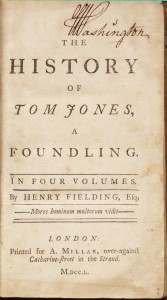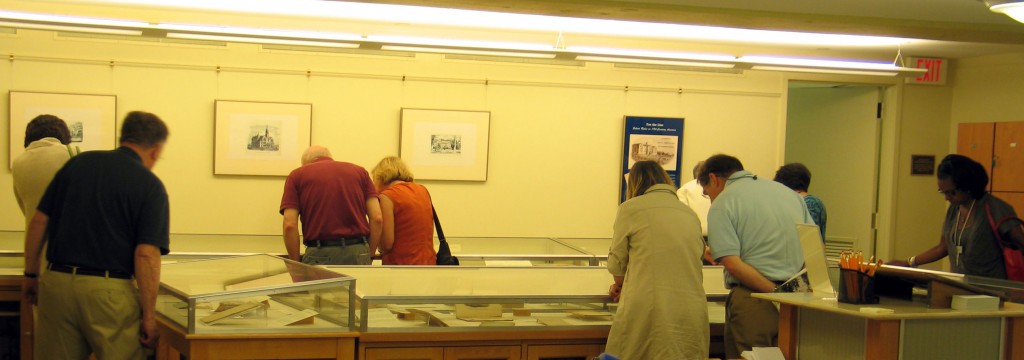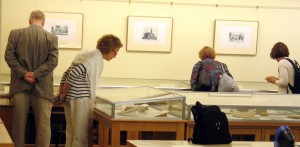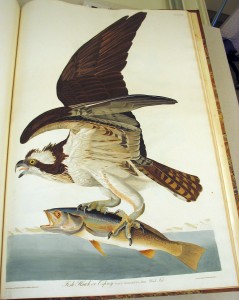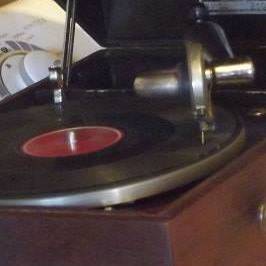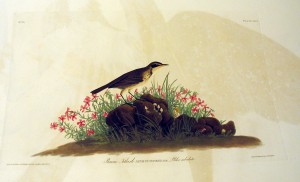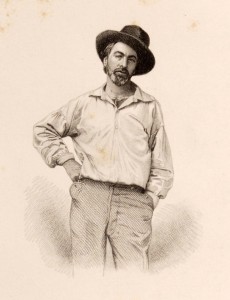
 The Watkinson Library is seeking help from its friends and the alumni of Trinity College to acquire one of the great rarities of American literature–a first edition (1855) of Walt Whitman’s Leaves of Grass.
The Watkinson Library is seeking help from its friends and the alumni of Trinity College to acquire one of the great rarities of American literature–a first edition (1855) of Walt Whitman’s Leaves of Grass.
All donors who give $50.00 or more before December 31, 2013 will receive a letterpress printed broadside “honor roll” with his/her name under the following levels:
Versifier ($50-$99)
Rhymer ($100-$249)
Balladeer ($250-$499)
Poet ($500-$999)
Laureate ($1,000-$4,999)
Patron of Letters ($5,000+)
If you would like to contribute to this purchase, please contact Richard Ring, Head Curator & Librarian (richard.ring@trincoll.edu).
ABOUT THE FIRST EDITION:
“Whitman paid out of his own pocket for the production of the first edition of his book and had only 795 copies printed, which he bound at various times as his finances permitted. Though critics and biographers have often speculated that the book appeared on the Fourth of July, thus serving as an appropriate marker of America’s literary independence, advertisements in the Brooklyn Daily Eagle make it clear that Leaves was actually issued in late June. His joy at getting the book published was quickly diminished by the death of his father a few weeks after the appearance of Leaves. Walter Sr. had been ill for several years, and though he and Walt had never been particularly close, they had only recently traveled together to West Hills, Long Island, to the old Whitman homestead where Walt was born. Now his father’s death along with his older brother Jesse’s absence as a merchant marine (and later Jesse’s growing violence and mental instability) meant that Walt would become the father-substitute for the family, the person his mother and siblings would turn to for help and guidance. He had already had some experience enacting that role even while Walter Sr. was alive; perhaps because of Walter Sr.’s drinking habits and growing general depression, young Walt had taken on a number of adult responsibilities—buying boots for his brothers, for instance, and holding the title to the family house as early as 1847. Now, however, he became the only person his mother and siblings could turn to.
But even given these growing family burdens, he managed to concentrate on his new book, and, just as he oversaw all the details of its composition and printing, so now did he supervise its distribution and try to control its reception. Even though Whitman claimed that the first edition sold out, the book in fact had very poor sales. He sent copies to a number of well-known writers (including John Greenleaf Whittier, who, legend has it, threw his copy in the fire), but only one responded, and that, fittingly, was Emerson, who recognized in Whitman’s work the very spirit and tone and style he had called for. “I greet you at the beginning of a great career,” Emerson wrote in his private letter to Whitman, noting that Leaves of Grass “meets the demand I am always making of what seemed the sterile and stingy nature, as if too much handiwork, or too much lymph in the temperament, were making our western wits fat and mean.” Whitman’s was poetry that would literally get the country in shape, Emerson believed, give it shape, and help work off its excess of aristocratic fat.
Whitman’s book was an extraordinary accomplishment: after trying for over a decade to address in journalism and fiction the social issues (such as education, temperance, slavery, prostitution, immigration, democratic representation) that challenged the new nation, Whitman now turned to an unprecedented form, a kind of experimental verse cast in unrhymed long lines with no identifiable meter, the voice an uncanny combination of oratory, journalism, and the Bible—haranguing, mundane, and prophetic—all in the service of identifying a new American democratic attitude, an absorptive and accepting voice that would catalog the diversity of the country and manage to hold it all in a vast, single, unified identity. “Do I contradict myself?” Whitman asked confidently toward the end of the long poem he would come to call “Song of Myself”: “Very well then . . . . I contradict myself; / I am large . . . . I contain multitudes.” This new voice spoke confidently of union at a time of incredible division and tension in the culture, and it spoke with the assurance of one for whom everything, no matter how degraded, could be celebrated as part of itself: ” What is commonest and cheapest and nearest and easiest is Me.” His work echoed with the lingo of the American urban working class and reached deep into the various corners of the roiling nineteenth-century culture, reverberating with the nation’s stormy politics, its motley music, its new technologies, its fascination with science, and its evolving pride in an American language that was forming as a tongue distinct from British English.
Though it was no secret who the author of Leaves of Grass was, the fact that Whitman did not put his name on the title page was an unconventional and suggestive act (his name would in fact not appear on a title page of Leaves until the 1876 “Author’s Edition” of the book, and then only when Whitman signed his name on the title page as each book was sold). The absence of a name indicated, perhaps, that the author of this book believed he spoke not for himself so much as for America. But opposite the title page was a portrait of Whitman, an engraving made from a daguerreotype that the photographer Gabriel Harrison had made during the summer of 1854. It has become the most famous frontispiece in literary history, showing Walt in workman’s clothes, shirt open, hat on and cocked to the side, standing insouciantly and fixing the reader with a challenging stare. It is a full-body pose that indicates Whitman’s re-calibration of the role of poet as the democratic spokesperson who no longer speaks only from the intellect and with the formality of tradition and education: the new poet pictured in Whitman’s book is a poet who speaks from and with the whole body and who writes outside, in Nature, not in the library. It was what Whitman called “al fresco” poetry, poetry written outside the walls, the bounds, of convention and tradition.”
From “Walt Whitman” by Ed Folsom and Kenneth M. Price
The Walt Whitman Archive http://whitmanarchive.org/biography/walt_whitman/index.html
 The opening of our student exhibitions last month was a great success, with over 60 people in attendance from as far a way as upstate New York.
The opening of our student exhibitions last month was a great success, with over 60 people in attendance from as far a way as upstate New York.


